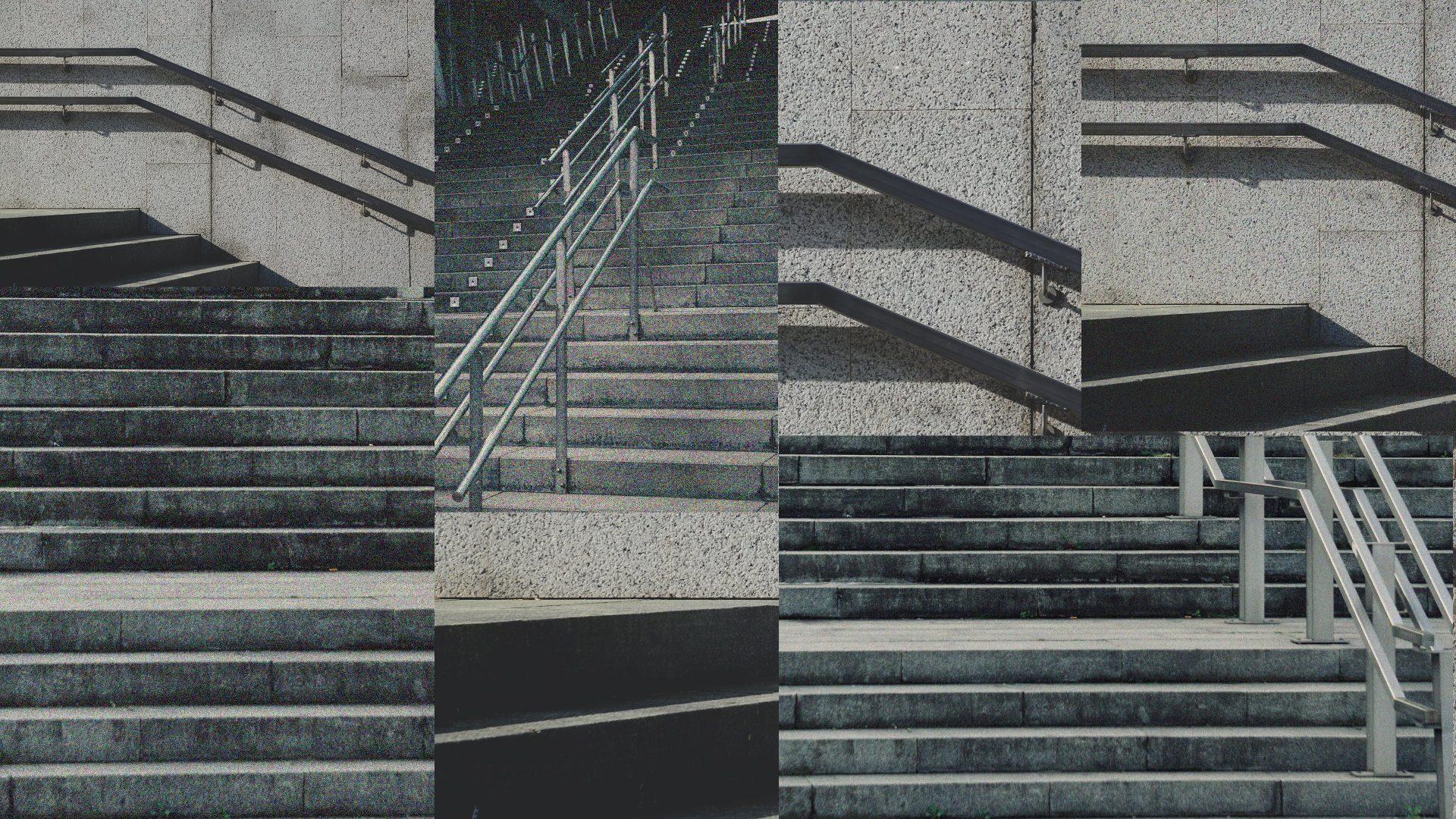What links a Japanese conceptual artist, a Dutch architect and an American baseball player? No, this isn’t a question on Round Britain Quiz, that showcase for recondite knowledge (and incidentally the longest-running quiz programme on British radio), but an aspect of the contemporary world you might not have noticed before. One that once it’s been drawn to your attention – like the anamorphic skull in Holbein’s The Ambassadors – cannot
thenceforth be overlooked.
Gary Thomasson played Major League Baseball for eight seasons in the 1970s and was a member of the winning New York Yankees team at the 1978 World Series. After his retirement from MLB, Thomasson went to Japan, where he played for the Yomiuri Giants for a couple of seasons in the early 1980s. I say “played”, but the harsh fact is that a knee injury led to him almost winning the ignominious record for the most strikeouts ever in Nippon Pro Baseball, before being benched.
It was observing this hugely expensive signing – the biggest ever at that time for the Japanese league – slumped and inutile that gave the Tokyo-based writer and artist Genpei Akasegawa the name for a new form of aleatoric art: “Hyperart Thomasson”. Put simply, a Thomasson is any object, structure or element in the built environment that, while lacking any function, is nonetheless maintained at a cost. Akasegawa’s first Thomasson was a staircase he saw in Yotsuya, which although it led to a bricked-up door nonetheless had been equipped with a new handrail.
Other types of Thomasson, according to their originator, include the Hisashi: useless eaves, since they no longer shelter windows or doors; the Atago: an object at the side of the road that has no defined purpose; and the Abe Sada: the stump of a telegraph pole or stanchion that has been truncated. This latter example derives its name from that of an infamous geisha who murdered her lover in the 1930s, then cut his genitals off and carried them about in her kimono.
For Akasegawa it was specifically the unintentional aspect of Thomassons that made them aesthetically viable: this was the cityscape caught in the act of its own strange auto-cannibalisation. Which explains, in part, why the concept caught on in the Japan of the 1980s, when a huge boom-and-bust cycle led first to massive construction, then to these new buildings’ almost instantaneous desuetude. Akasegawa wasn’t the only Japanese artist to take an interest in such otherwise overlooked phenomena, and there grew to be something of an obsession with manhole covers, shutters, defunct junction boxes, with various groups cataloguing them and exhibiting their findings.
Rem Koolhaas, the Dutch architect and theorist, in a celebrated dithyramb entitled Junkspace, published in 2001, characterised the contemporary built environment as “what remains after modernization has run its course, or, more precisely, what coagulates while modernization is in progress, its fallout”. Even in the first year of the new millennium, there was more of this stuff under construction than had endured from the last. Junkspace is the result of a mundane rather than a bizarre juxtaposition: “an encounter of escalator and air-conditioning, conceived in an incubator of sheetrock”, rather than Lautréamont’s “sewing machine and umbrella on an operating table”.
And from this mesalliance bodies forth the entire bypass-bound ghastliness of warehouses, airports and business parks: a gimcrack giganticism that won’t even leave Shelley’s “two vast and trunkless legs” for posterity, only the aforementioned Abe Sadas. This represents an inversion of any cultural progress: “While whole millennia worked in favour of permanence, axialities, relationships and proportion, the programme of Junkspace is escalation. Instead of development, it offers entropy.”
Koolhaas elegantly compasses the terrifying foreclosure of such an architecture thus: “Corridors no longer simply link A to B; they have become a destination.” I sometimes feel that this is the cosmic cul-de-sac where we’ve all ended up: staring sightlessly at the dusty leaves of a yucca in a pot full of synthetic pellets, while listening to the doppler moan of piped air and lost in instantly forgettable contemplation.
Of course, there’s another, more sinister aspect to the Thomasson; Akasegawa noted those outlines left behind when one building has been bisected from its neighbour, and designated them the “A-Bomb” type – with the sub-types “Hydrogen Bomb” (building destroyed by water), and “Neutron Bomb” (advertising hoarding removed, leaving ghostly lettering). With the news media full now for day after day with images of ruined buildings as Russian forces rain down destruction on Ukrainian cities, it’s hard to know whether more Thomassons are being created – or destroyed.



